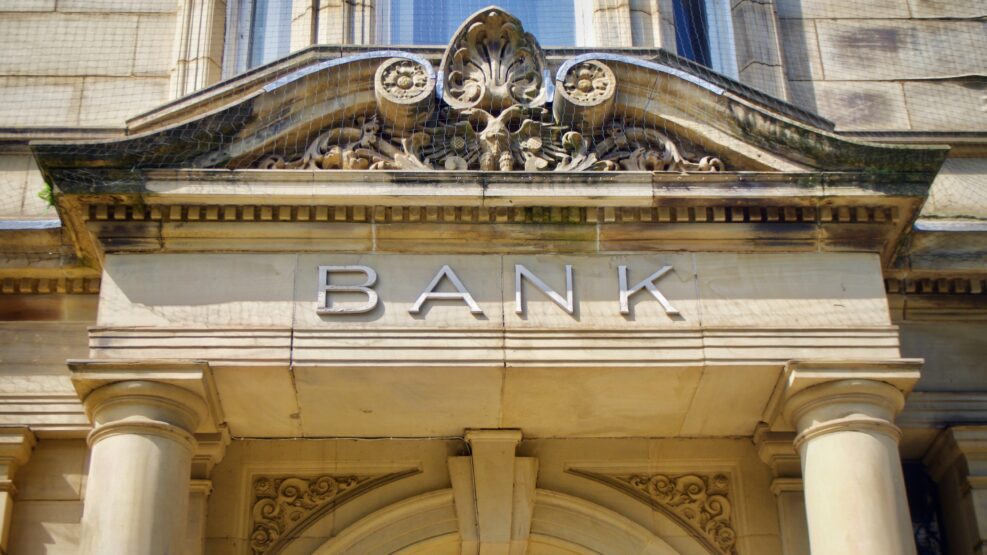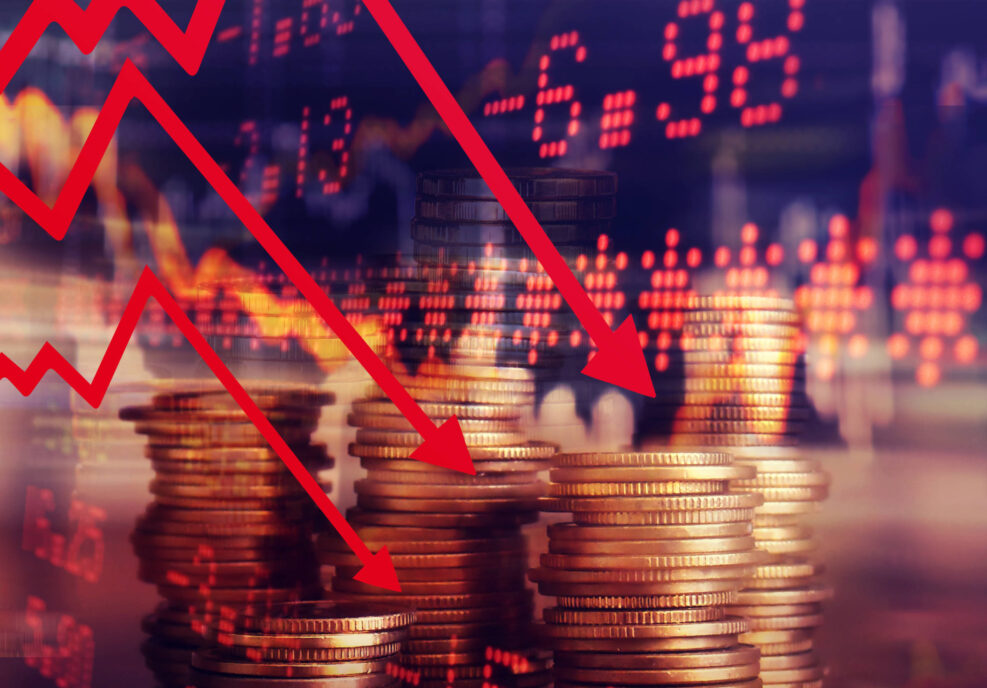
AI: Is it Good or Bad for Society?
Artificial intelligence already surrounds us and has made inroads into banking, accounting, and digital technology. It’s ubiquitous. In today’s episode, Robert J. Marks reminds us that AI is like fire: its benefits and value depend on how wisely (or foolishly) we use it. Additional Resources



